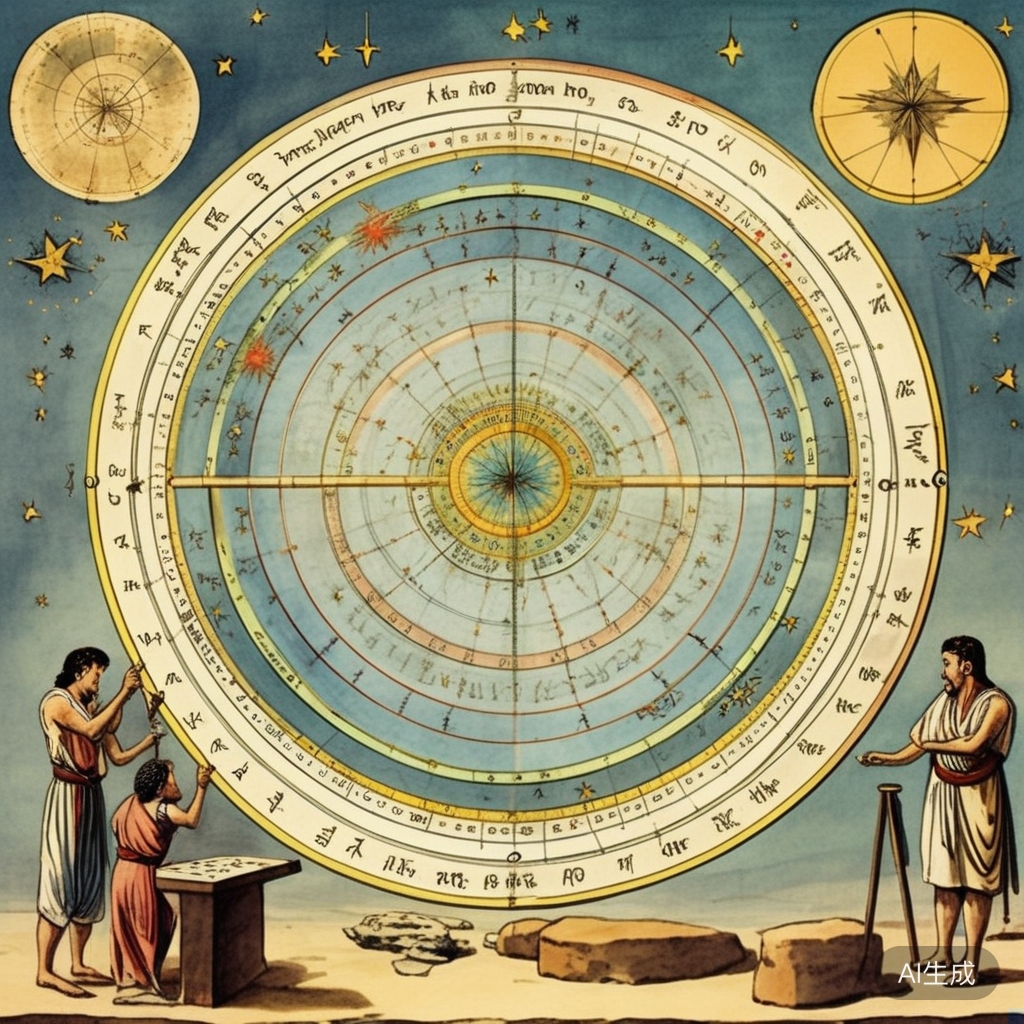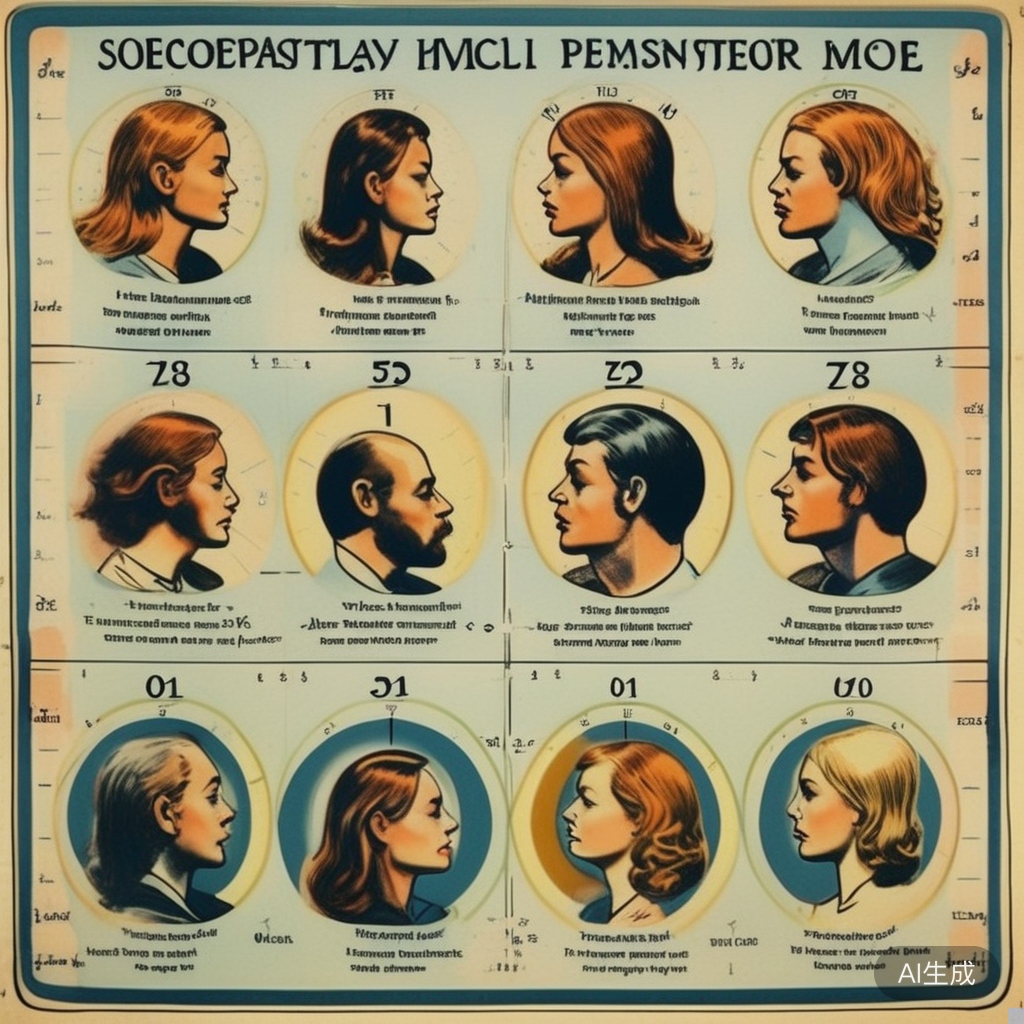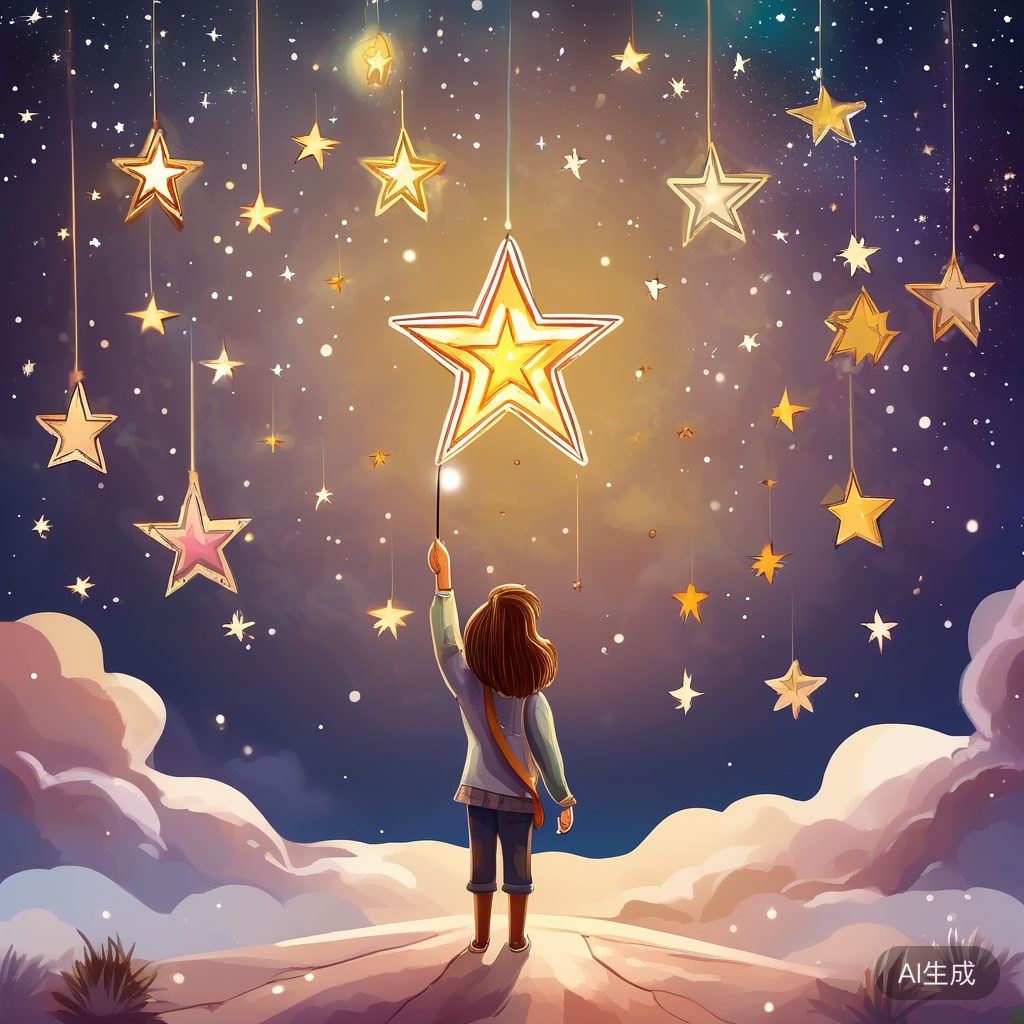These days, it’s not uncommon for people to check theirconstellation horoscopes before a job interview, a trip, buying a house, or even getting a haircut. Posts like "Whichconstellation Is the Best Choice for a Wife," "Nine Big Flaws of Cancer," and "Whichconstellation Is Most Compatible with Scorpio" are widely circulated on WeChat moments, with each one racking up hundreds of thousands of clicks. But does astrology have any scientific basis? Is it all just "nonsense"? Let’s dive into whetherconstellation matching is or not.
Remember the story of Xiao Luo, the post-90s girl who works at a public institution? She went on a date with a handsome teacher, only to break up because "he’s a Sagittarius and she’s a Cancer, and these twoconstellation are just not compatible." Similarly, Xiao Zhang, an IT guy in Wuhan, also got dumped because ofconstellation incompatibility. His girlfriend’s reason was, "I’m an Aries, you’re a Virgo, we’re naturally incompatible; being together is a mistake!" It seems like more and more people are consulting theirconstellation horoscopes for just about everything these days.
In the upper echelons of American society, consulting an astrologer has become something of an "open secret." Former President Ronald Reagan and his wife Nancy were among those who did. This gave rise to a batch of "astrologers behind the presidents." The most famous of them was Carol Right, who was introduced to Hollywood by Charlie Chaplin in 1937 and began fortune-telling for celebrities. Reagan was one of her clients. Her most famous prediction was her own time of death, which she accurately predicted. Another astrologer, Miller, also has a list of celebrities as clients, though she’s not keen on revealing their names, citing professional ethics. In 1914, America saw its first astrologer, Evangelist Adams, sent to prison for illegal fortune-telling. Later, she was acquitted after successfully deducing theconstellation of the judge’s son based on his birth date, setting a precedent in American law: if astrologers practice their craft professionally, they are not at fault and should be acquitted. After that, astrology gained popularity in the United States. After World War I, newspaper editors often received thousands of letters from the public expressing their interest in astrology, leading to the birth of astrology columns. In 1938, three American astrologers, Ernest Grant, Swan Erikson, and Anna Koern, founded the Scientific Astrology Association, later renamed the American Astrology Association. It is now the world’s largest astrological association and publisher of astrological academic works. Moreover, there are various professional organizations such as the National Astrology Research Association, the International Astrology Research Committee, and the Professional Astrologers Association. Within the "Astrology Association," astrologers are ranked according to their abilities, with senior members possessing innate predictive abilities and a thorough grasp of how to scientifically demonstrate a star chart; professional members are required to have a basic understanding of astrology, the ability to read the twelve zodiac signs comprehensively, and an understanding of the principles of signs, houses, and planetary movements, as well as the ability to understand the deeper signs of events; teacher members are required to have the necessary astrological knowledge to train others. Despite its popularity in the United States, astrology continues to be questioned. In 2003, a Harris poll on "Americans’ Religious and Other Beliefs" found that a third of the American public believes in astrology, with nearly half of them being young people aged 25 to 29. Some people believe that planets andconstellation are somehow related to a person’s character and destiny, and that even a few minutes’ difference in birth time can result in different outcomes. Others see astrology as no different from fortune-telling. However, the reality is that "astrology" is more popular among educated students and white-collar workers.
Astrology is like gossip news
In English, astrology and astronomy share the same root word, "astro." Astronomy and astrology can complement each other well — astronomy can calculate all theconstellation in the sky and the positions of the sun, moon, and planets at the time of a person’s birth, or their star chart. This is the starting point of astrology. Astrology originated around 2500 BC. Its core is about the connection between the human soul and celestial bodies — the backdrop is the Greek philosophy’s continuous exploration of the universe and the soul for two hundred years. According to Aristotle’s summary in "On the Soul," the exploration of the soul starts from its nature. At that time, people believed that what makes a person human, and what makes a soul a soul, is that the soul can cause movement and drive the movement of the body with its own movement. This is the principle of movement. The second principle can be called the principle of perception. Philosophers believed that the soul can perceive all things because some components of the soul are similar to natural elements. The concept of a certain cosmic unity believed by astrologers largely comes from Plato. In "Timaeus," Plato said, "The celestial bodies are visible, but the soul is not. The soul contains reason and harmony. Its way of working is to silently follow its own movement, accurately affecting all things." The most straightforward of astrology is: aren’t there too many people fitting into 12constellation? With 7 billion people in the world, can there really be so many people who are the same? In the eyes of professional astrologers, this question arises from a misunderstanding of astrology. "Astrology is not about ‘news reporting,’ it’s about ‘news reporting’ — gossip news has nothing to do with astrology," Rayleigh said. Serious astrology uses the sun, moon, and planets, not just the vague classification ofconstellation. One of the main points of contention in astronomy regarding astrology is the concept of "precession," which means the periodic oscillation of the Earth’s axis. Due to precession, the number ofconstellation in the zodiac is no longer 12 but 13, with an extra Ophiuchus. Why does astrology still use 12constellation? Many people mistakenly believe that theconstellation in astrology is related to the realconstellation in the sky. However, in reality, the 12constellation in astrology are measured from the spring and autumn equinoxes. In other words, astrology uses equalconstellation. When the Babylonians created the theory ofconstellation, they divided the zodiac circle of 360 degrees into 12 equal parts, each 30 degrees, and named them after the nearestconstellation, which is not the same as the constellation in astronomy. Although they share the names of Aries, Taurus, and so on, astrology analyzes the former, not the latter. The 12constellation are always 12, not more.

In 1978: Ambiguous statistical results
Whether the phenomena described by astrology are objectively real, as supporters believe, or just illusions or imagination, as skeptics believe, has been a topic of debate. In 1978, a pioneering study was conducted on this issue, which is crucial in the debate over astrology and has led to dozens of follow-up studies, making astrology a formal academic issue. The researchers were J. Mayo, O. White, and H. J. Eysenck, three British astrologers and psychologists. They used psychological measurements to assess the personality dimensions of 12constellation participants and compared the differences in their scores. Among them, Eysenck was one of the most important psychologists of the 20th century, and the Eysenck Personality Questionnaire (EPQ) he developed is still one of the most widely used personality tests today. In their view, the previous objections to astrology lacked sufficient evidence and were therefore not convincing. They believed that astrology has some very clear propositions, which should be testable or refutable in a formal experiment. So they recruited 917 adult men and 1407 adult women, a total of 2324 participants, and conducted tests on two dimensions of the EPQ. After calculating the average scores for each of the 12constellation, they found that odd-numberedconstellation scored higher on extroversion than even-numberedconstellation, meaning that Aries, Gemini, Leo, Libra, Sagittarius, and Aquarius are more extroverted than Taurus, Cancer, Virgo, Scorpio, Capricorn, and Pisces. In terms of emotionality, water signs overall scored higher. This study attracted a lot of attention and quickly led to dozens of follow-up experiments trying to validate or refute its results. However, all these experiments failed to reach a definitive conclusion. The reason is that they could not avoid the so-called "self-attribution" and "Barnum effect." Self-attribution is a psychological effect where participants may already be influenced by astrology before the test, so their results naturally align with astrological sayings. Especially when the whole society is familiar withconstellation lore and uses it to describe themselves, the "real" situation becomes difficult to discern. The Barnum effect is where people tend to believe that a vague and general personality description is very accurate for themselves. This phenomenon has also been verified in specific experiments. Although people initially thought that the intervention of statistical research methods was a powerful tool for validating or refuting astrological theories, they later realized that things were not so simple. This topic was gradually put aside by psychologists.

Seasonal differences in diseases confirm astrology?
In essence, the difference in star charts is the difference in birth times. Whether there are differences in spiritual temperament or physiology among these people is in psychological research, but there are widely recognized findings in medicine. Medical researchers have found that many diseases are related to time, seasonal affective disorder (SAD) being one of them. SAD symptoms include depression, lack of libido, excessive sleepiness, weight gain, anxiety, and difficulty concentrating. In the Northern Hemisphere, these symptoms start from November-December and end in the following March. The fact that patients in the Southern Hemisphere show symptoms six months apart from the Northern Hemisphere indicates that it has nothing to do with holiday factors. Another study looked at over 60 years of research covering 34 countries worldwide and found that most studies showed that people born between the end of winter and the beginning of spring had a 5% to 8% higher incidence of schizophrenia than those born in other seasons. In the 1960s, the medical community’s view was that "seasonal research is a bit disgraceful for scientists," "this kind of research sounds like pseudopsychology or metaphysics." By 1968, British Hare and Swedish Dale’n used large sample sizes, reasonable control groups, and more scientific statistics to make this research topic acceptable. They are therefore considered the founders of seasonal research. In the field of seasonal research, a strange phenomenon was discovered in a Dutch study in 2001: the peak birthdays of women who failed to conceive ranges: January 1st to February 11th, and July 1st to August 11th. This is a result that current theory cannot explain, meaning that although research on fertility often focuses on adulthood, the damage to the organs needed for successful fertility may actually be in the first stage of life development. The seasonal differences in schizophrenia have been widely recognized, and in addition to that, people have found special distributions of birth seasons in bipolar disorder, autism, and eating disorders.
Of course, these studies may not be enough to prove astrology, but they at least provide more interesting topics and room for imagination.









